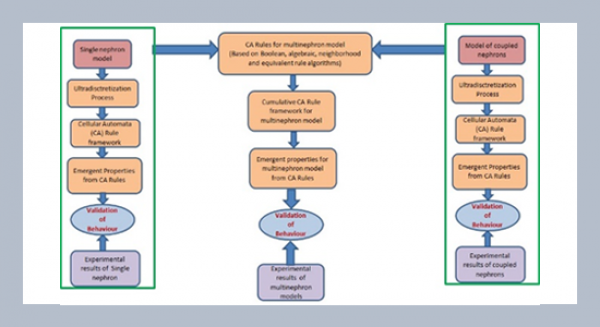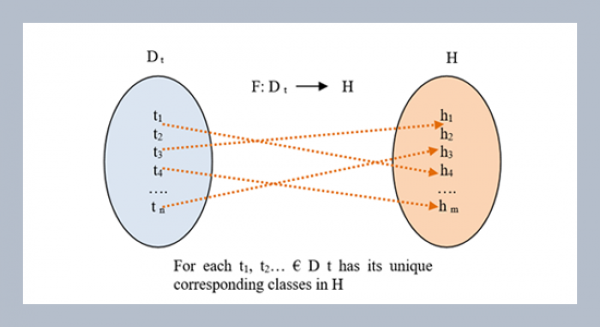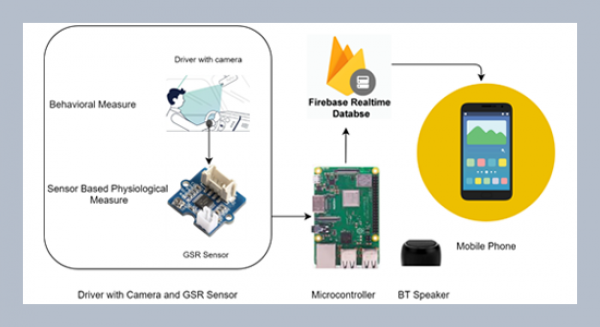Tzu-Yi Pai 1*, Tien-Ching Chang 2, Huang-Mu Lo1, Hsiu-HuiWen 1, 3, Hui-Wen Kong 1, 2,Hine-Hsien Ho1 and Sen-Chun Yeh 1,3 1 Department of Environmental Engineering and Management, Chaoyang University of Technology, Wufeng, Taichung, 41349, Taiwan, R.O.C.
2 Institute of Environmental Engineering and Management, National Taipei University of Technology, Taipei, 106, Taiwan, R.O.C.
3 Bureau of Environmental Inspection, Environmental Protection Administration, Taichung, 408, Taiwan, R.O.C.
Download Citation:
|
Download PDF
In this study, the impact levels in environmental impact assessment reports of 6 sewersystems were quantified and discussed. The relationship between the quantified impact levelsand the system scale factors of Banghsin, Chungli, Taichung Harbor and Kaohsiung Fonshanregions were constructed and the impact levels of Hualien (HL) and Taichung City (TC) regionswere predicted using grey model GM (1, N). Finally, the effects of system scale factors on impactlevels were evaluated using grey model GM (1, N) too. According to the predicted results ofGM (1, N), the relative errors of topography/geology/soil, hydrology/water quality, air quality,noise, solid waste, terrestrial fauna/flora, aquatic fauna/flora, landscape and traffic in HL regionwere 19%, 56%, 13%, 29%, 56%, 19%, 13%, 19% and 16%, respectively. The relative errorsof those environmental items in TC region were 25%, 33%, 58%, 136%, 33%, 50%, 58%, 50% and 98%, respectively. According GM (1, N), plant area (PA) and average flowrate(AF) were the system scale factors that affected the impact levels significantly. So PA and AFwere the most significant system scale factors. GM (1, N) was applicable to predict the environmentalimpact and analyze the reasonableness of the impact. If there is a new sewer system EIAto be reviewed in the future, the official committee of EPA could review the reasonableness ofimpact levels in EIA reports quickly.ABSTRACT
Keywords:
Environmental impact assessment (EIA); sewer system; grey system theory; grey model.
Share this article with your colleagues
REFERENCES
ARTICLE INFORMATION
Accepted:
2007-06-26
Available Online:
2007-07-01
Pai, T.-Y., Chang, T.-C., Lo, H.-M., Wen, H.-H., Kong, H.-W. ,Ho, H.-H., Yeh, S.-C. 2007. Using grey model GM (1, N) to evaluate impact level of differentfactors in environmental impact assessment of sewersystem. International Journal of Applied Science and Engineering, 5, 7–16. https://doi.org/10.6703/IJASE.2007.5(1).7
Cite this article:















